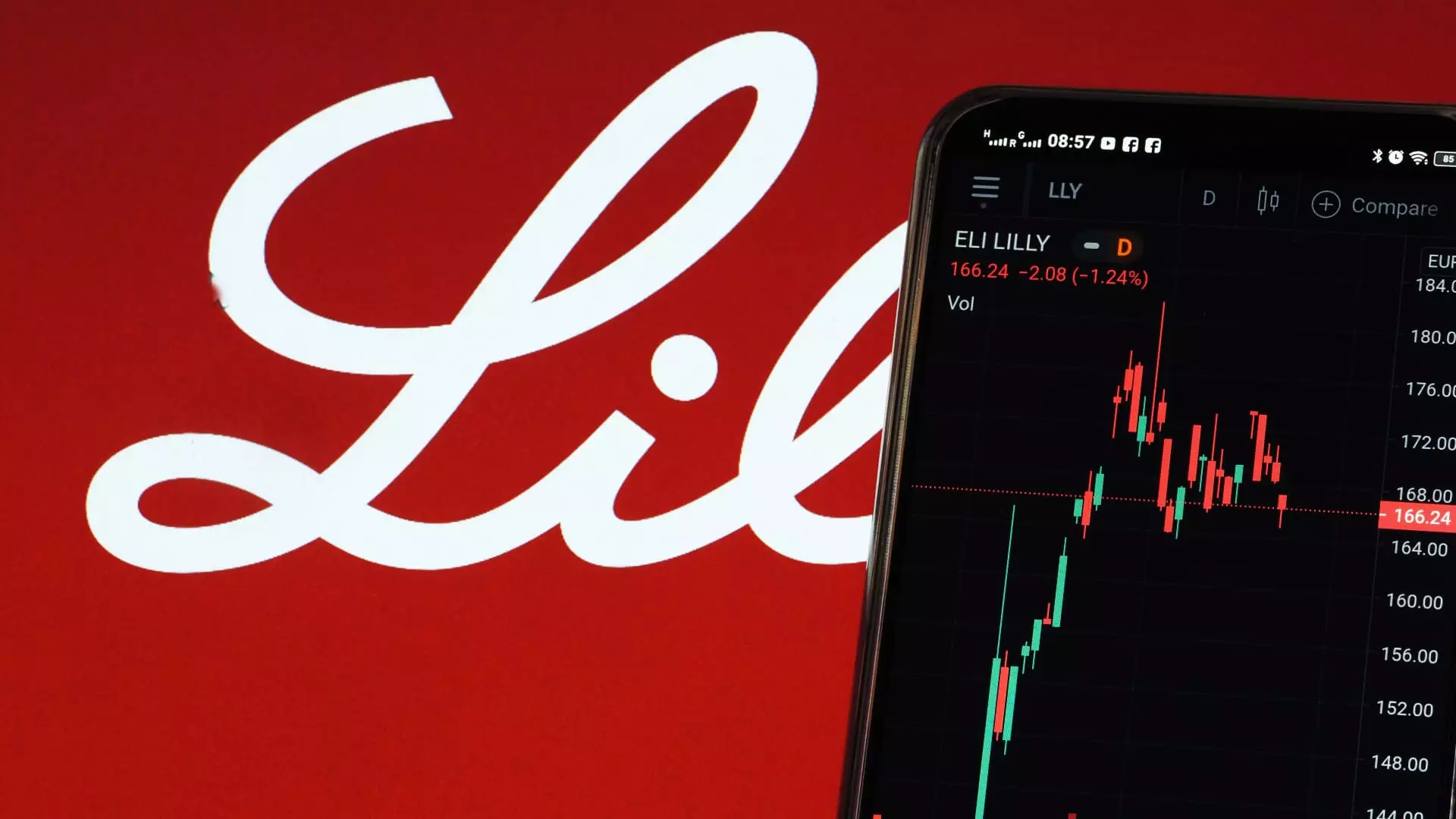The biopharmaceutical industry has experienced fluctuating fortunes lately, showing resilience alongside significant hurdles. Recently, JPMorgan assessed the current landscape of biopharma stocks, outlining promising candidates for growth amid complex market dynamics. While the firm holds a generally optimistic outlook, notable distinctions exist between different companies. This article will explore JPMorgan’s insights while providing a thorough analysis of the biopharma sector’s prospects for investors.
Eli Lilly has emerged as a frontrunner in JPMorgan’s analysis, attributed to its successful portfolio, particularly the performance of its weight-loss drug Mounjaro and diabetes treatment Zepbound. Positive forecasts expect these medications to gain more traction, influencing company performance positively. Eli Lilly’s stock has already demonstrated a commendable increase of around 16% in the past year, reflecting robust demand in a sector that is still recovering from its previous downturns.
However, it is essential to acknowledge that Eli Lilly’s recent fourth-quarter outcomes showcased some inconsistencies. While there was a notable surge in demand for its leading products, overall revenue did not meet expectations, primarily due to the pressures of lower realized prices. This scenario presents a cautionary tale for investors, emphasizing the importance of looking beyond surface-level gains and considering the underlying economic factors that could affect a company’s stock performance in the long run.
The Force Behind Bristol Myers Squibb
Bristol Myers Squibb is another critical contender in JPMorgan’s focused analysis. The company’s stock has experienced a modest drop year-to-date, reflecting market reactions to its fiscal guidance for 2025. While the recent earnings report painted a mixed picture, it is crucial to discern the nature of the setbacks. Investors should take note that despite being impacted by certain legacy products and foreign exchange fluctuations, Bristol Myers’ growth drivers largely outperformed expectations, indicating a more robust underlying business model than the surface figures might suggest.
JPMorgan points to Bristol’s anticipated product innovations in disorders such as schizophrenia and Alzheimer’s as potential catalysts for recovery. The substantial costs cut initiatives could further bolster the company’s operational efficiency and stock value, thereby positioning Bristol Myers as a viable investment option despite the current stock dip.
Gilead Sciences presents a compelling investment narrative within the biopharmaceutical space, as encapsulated in JPMorgan’s insights. The firm’s solid performance in its HIV drug portfolio and its emphasis on managing expenses align well with investor interests. With a robust pipeline anticipated for 2025, Gilead’s focus on innovative treatments could yield sustainable growth.
However, like other companies, Gilead is not exempt from market volatility. Investors would do well to maintain vigilance regarding broader industry trends and potential disruptions that could impact the pharmaceutical landscape. In this vein, while Gilead’s current positioning is favorable, careful analysis will be essential for long-term investment decisions.
The broader market dynamics reveal that while the Nasdaq Biotechnology Index (NBI) has achieved a notable rebound, its overall performance still reflects a sector grappling with uncertainties. The biopharma segment outperformed the S&P 500, gaining 6.5% year-to-date, indicating a potential turnaround from last year’s decline. However, caution is warranted: lower valuations could signal underlying issues that might deter investors despite positive short-term movements.
Chris Scott’s analysis emphasizes a clear preference for stocks with cleaner stories—those exhibiting momentum or nearing successful product launches. This distinction is critical; it highlights a risk-averse environment in which investors are increasingly prioritizing companies that embody stability and growth prospects over those entangled in complex market narratives.
While JPMorgan provides a cautiously optimistic view of certain biopharmaceutical stocks, the intricacies of company performance and broader market conditions necessitate deliberate analysis from investors. Companies like Eli Lilly and Bristol Myers Squibb may represent growth opportunities, but their challenges deserve scrutiny. As the biopharma sector continues to evolve, investors must cultivate a nuanced understanding of market sentiment and operational resilience to navigate potential volatility and secure long-term stability in their portfolios. The intersection of innovation, market conditions, and strategic management will ultimately dictate the trajectories of these promising biotech names.

